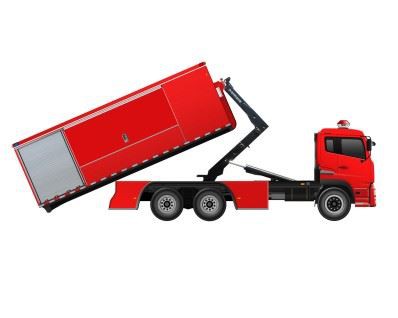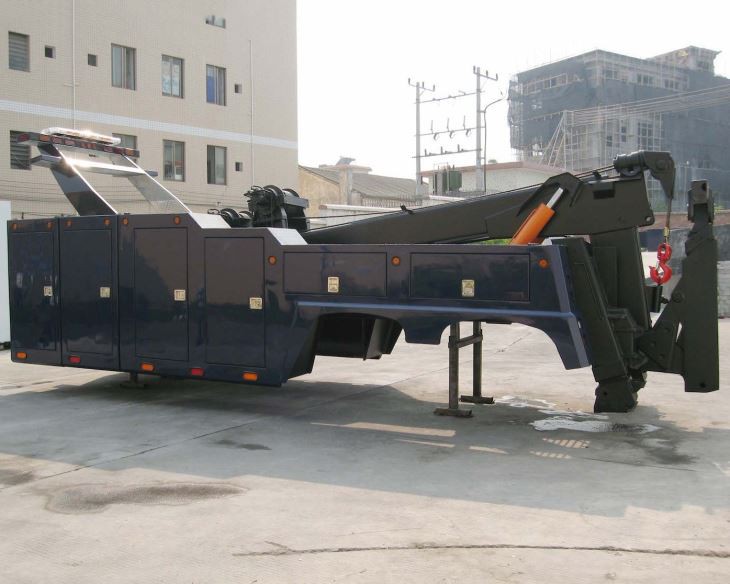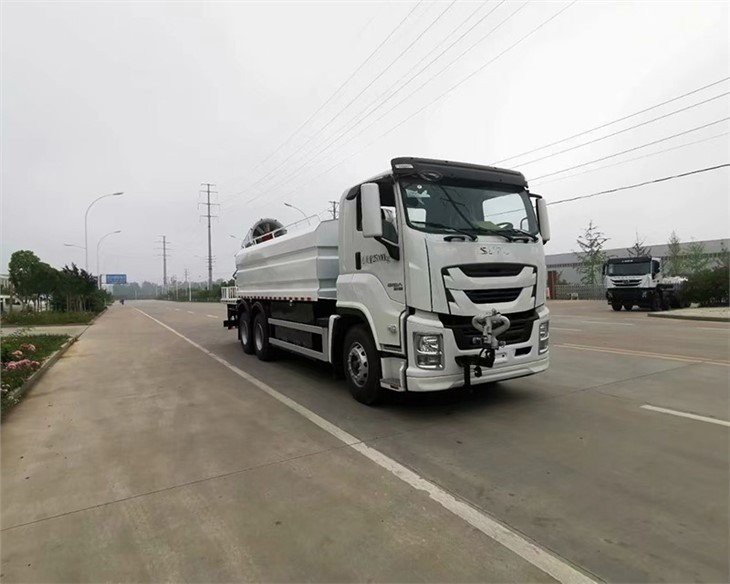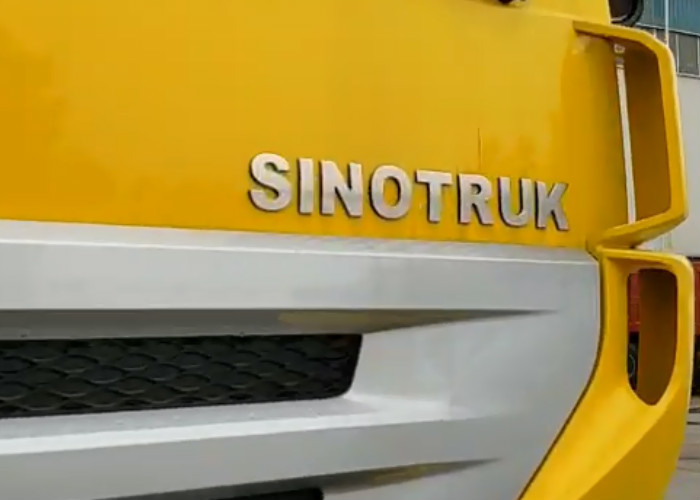Garbage trucks play a vital role in keeping our communities clean and sustainable. From the mechanics of trash collection to their environmental impact, this comprehensive guide will explore the fascinating world of garbage trucks. Understanding these machines helps appreciate their significance in modern waste management and the challenges they face.
What is a Garbage Truck?
A garbage truck is a specialized vehicle designed to collect and transport waste materials. They are crucial for waste management, ensuring that refuse is removed from homes and businesses and transported to landfills or recycling centers. Garbage trucks vary in design and operation, depending on the type of waste they collect.
Types of Garbage Trucks
Garbage trucks come in various types, each tailored for specific waste management tasks. Here are some of the most common:
- Front-Load Garbage Trucks: Ideal for commercial waste collection; they have a mechanism that lifts the dumpster in front of the truck.
- Rear-Load Garbage Trucks: Most commonly seen in residential areas, these trucks collect waste from containers at the back.
- Side-Load Garbage Trucks: Operate using automated arms to pick up bins from the side, making them efficient for residential collections.
- Compaction Trucks: These trucks compress the waste, allowing them to carry more material while minimizing trips to disposal sites.
How Garbage Trucks Work
Garbage trucks are equipped with various technical features that facilitate efficient waste collection and disposal. The following sections describe the primary functions and components of a typical garbage truck.
Basic Components
Garbage trucks consist of several interrelated components, each serving a specific purpose:
- Chassis: The foundation of the truck, designed to support the body and the load.
- Compaction System: Used to compress waste, increasing the truck’s capacity.
- Loader Mechanism: Depending on the truck type, loaders can be manual (operated by the driver) or automated (using robotic arms).
- Dumping System: Allows the truck to empty its contents at a disposal site, usually utilizing a hydraulic lift mechanism.

Collection Process
The collection process varies depending on the type of truck and service area, but the general steps include:
- Arriving at the collection site and stopping at the designated waste bins.
- Activating the loader mechanism to lift and dump the waste into the truck’s cargo area.
- Once the cargo area is full or the scheduled route is complete, the truck proceeds to a disposal site.
- The driver activates the dumping system to empty the waste before beginning the cycle again.
The Environmental Impact of Garbage Trucks
Garbage trucks significantly impact the environment, primarily through their emissions and the waste they manage. Addressing these concerns is essential for sustainable waste management practices.
Emissions and Pollution
Traditional garbage trucks typically run on diesel fuel, contributing to greenhouse gas emissions and air pollution. The increased number of garbage trucks on the roads can exacerbate traffic congestion and pollution levels, especially in urban areas. Below is a table summarizing emissions from diesel garbage trucks:
| Emissions Type | Duration of Operation (per average run) | CO2 Emissions |
|---|---|---|
| CO2 | 8 hours | 100 kg |
| NOx | 8 hours | 8 kg |
| Particulate Matter | 8 hours | 0.5 kg |
Sustainable Alternatives
To reduce the environmental impact of garbage trucks, many municipalities are adopting sustainable alternatives, including:
- Compressed Natural Gas (CNG) Trucks: Produce fewer emissions compared to traditional diesel trucks.
- Electric Garbage Trucks: Operate silently with zero tailpipe emissions, providing a cleaner alternative for urban areas.
- Hybrid Trucks: Combine fuel efficiency with lower emissions through a mix of traditional and electric power.
Challenges Faced by Garbage Trucks
Garbage trucks play a critical role in waste management, but they also face numerous challenges.
Traffic and Accessibility
Garbage collection routes often navigate through congested city streets, which can delay collection times and cause operational inefficiencies.
Worker Safety
Garbage truck operators and waste management workers are frequently exposed to hazards such as shifting loads, traffic accidents, and exposure to hazardous materials. Implementing safety protocols is essential for protecting these workers.
Public Awareness and Community Engagement
Public awareness campaigns can encourage responsible waste disposal and recycling practices, reducing the load on garbage trucks and improving overall waste management efficiency.
Innovations in Garbage Truck Technology
Advancements in technology are revolutionizing the garbage truck industry, making waste collection more efficient, safe, and environmentally friendly.
Automated Collection Systems
Many cities are transitioning to automated garbage collection systems, using smart bins that signal when they are full, allowing for optimized collection schedules.
Smart Routing and Fleet Management
Modern garbage trucks are increasingly equipped with GPS and routing software to optimize collection routes, minimizing fuel consumption and improving efficiency.
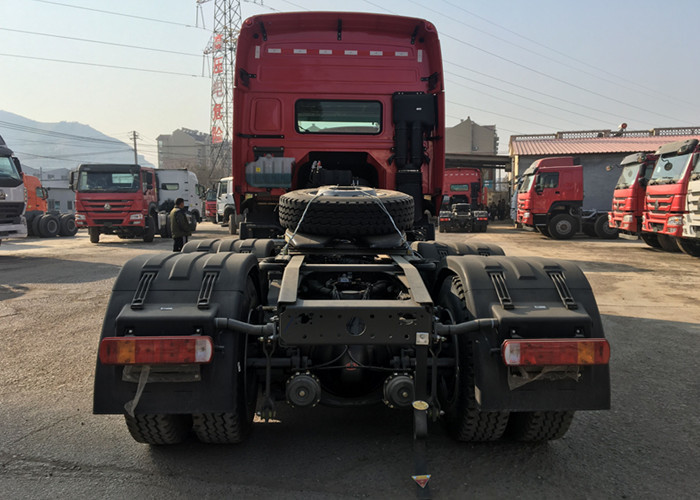
Real-Time Monitoring
Equipped with sensors and cameras, many garbage trucks now provide real-time data to waste management companies, allowing them to track the condition of the truck and its contents.
Community Involvement in Waste Management
Community involvement plays a crucial role in effective waste management. Residents can support their local waste management efforts through education and participation.
Recycling Programs
Encouraging recycling can significantly reduce the amount of waste that garbage trucks collect. Communities should promote recycling via local events and educational campaigns.
Composting Initiatives
Composting organic waste can lessen the burden on garbage trucks and landfills. Local governments can establish community composting programs, educating residents on composting practices.
Tips for Proper Waste Disposal
Residents can contribute positively to the waste management system by following some simple tips for proper waste disposal.
- Separate recyclables: Keep recyclable materials separate from regular trash to facilitate recycling.
- Use the right containers: Ensure trash is placed in designated containers to avoid contamination.
- Track collection schedules: Be aware of your local garbage collection schedule to avoid missed pickups.
- Participate in community clean-up events: Help keep your neighborhood clean through local initiatives.
Frequently Asked Questions (FAQ)
What types of waste do garbage trucks collect?
Garbage trucks typically collect municipal solid waste, recyclables, yard waste, and sometimes hazardous waste, depending on the local waste management policies.
How often do garbage trucks come?
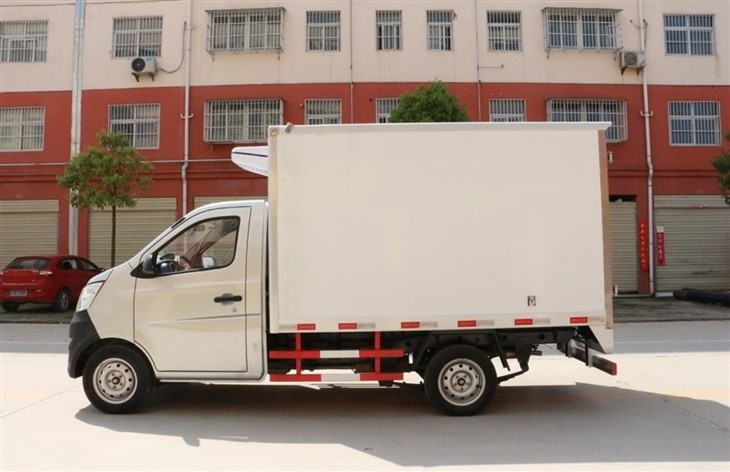
The frequency of garbage collection varies by municipality. Most urban areas have weekly or bi-weekly pickups, while rural areas may have less frequent service.
What happens to the waste after it’s collected?
After collection, waste is transported to landfills, recycling centers, or waste-to-energy facilities for processing.
Are garbage trucks harmful to the environment?
Traditional garbage trucks emit pollutants, but many cities are transitioning to greener alternatives, such as electric and CNG trucks, to mitigate environmental impact.
How can I reduce the amount of trash I generate?
Residents can reduce trash by recycling, composting organic waste, and minimizing use of single-use plastics and packaging materials.
Are there any new technologies being used in garbage trucks?
Yes, many garbage trucks now use automated systems, GPS routing, and real-time monitoring technology to improve efficiency and safety in waste collection.
